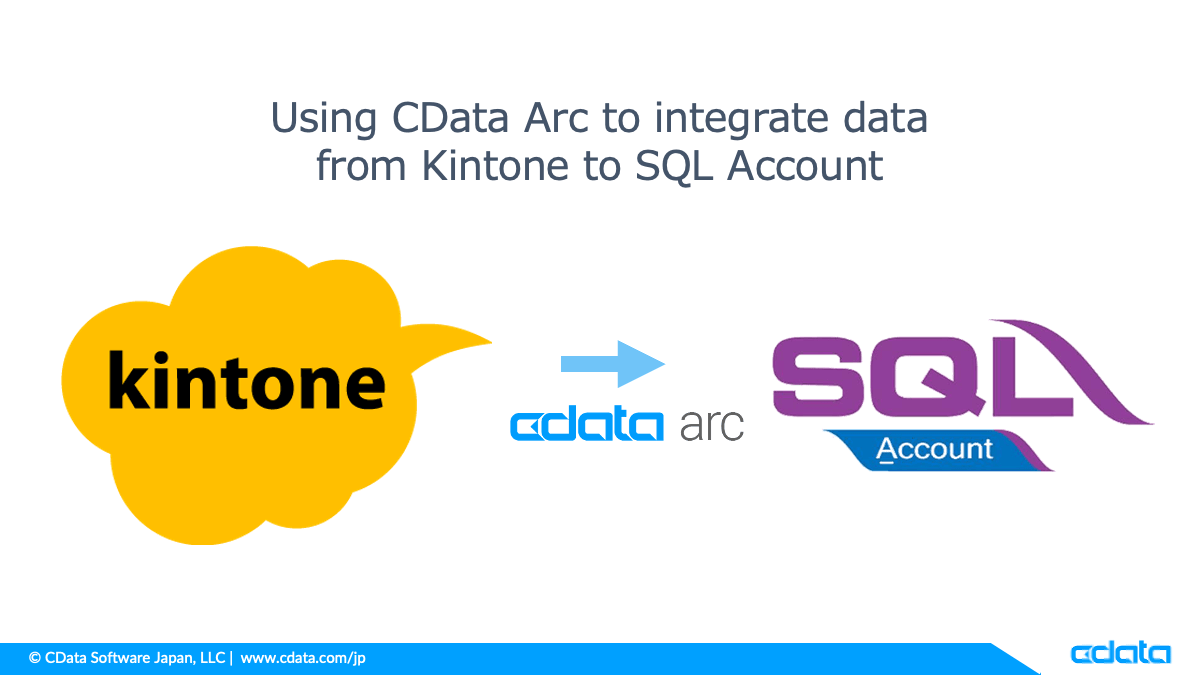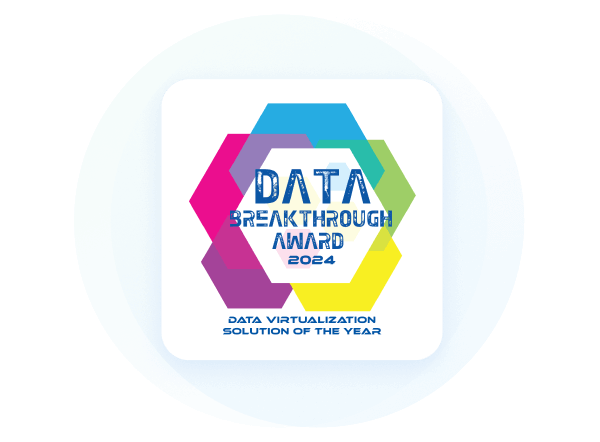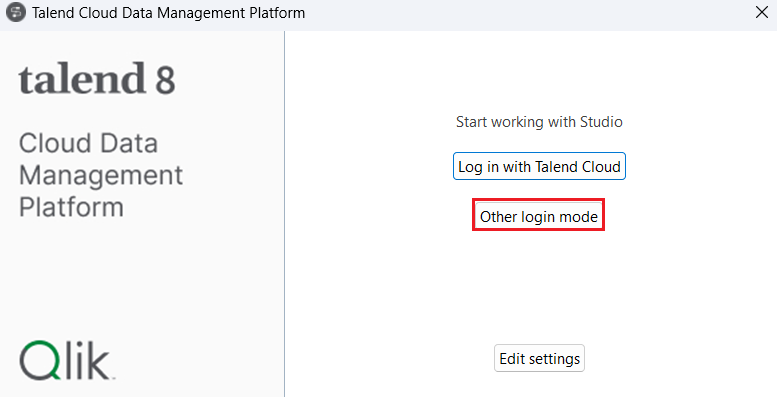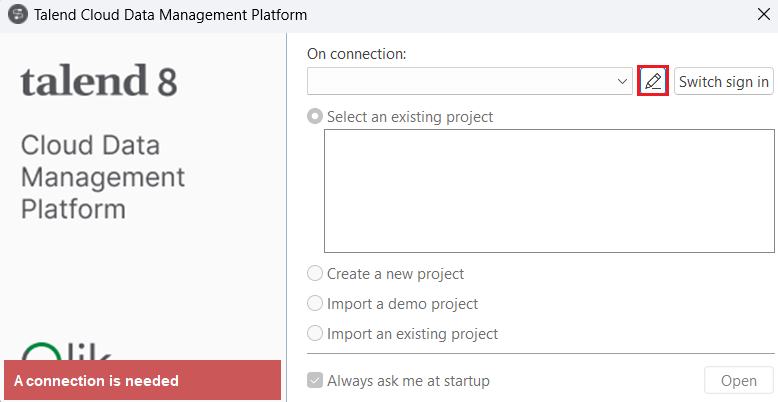Discover how a bimodal integration strategy can address the major data management challenges facing your organization today.
Get the Report →Connect to Sybase Data and Transfer Data in Talend
Integrate Sybase data with standard components and data source configuration wizards in Talend Open Studio.
This article shows how you can easily integrate the CData JDBC driver for Sybase into your workflow in Talend. This article uses the CData JDBC Driver for Sybase to transfer Sybase data in a job flow in Talend.
Connect to Sybase in Talend as a JDBC Data Source
You can follow the procedure below to establish a JDBC connection to Sybase:
- Add a new database connection to Sybase data: To add a new connection, expand the Metadata node, right-click the Db Connections node, and then click Create Connection.
- In the resulting wizard, enter a name for the connection.
On the next page, select Generic JDBC from the DB Type menu and enter the JDBC URL.
To connect to Sybase, specify the following connection properties:
- Server: Set this to the name or network address of the Sybase database instance.
- Database: Set this to the name of the Sybase database running on the specified Server.
Optionally, you can also secure your connections with TLS/SSL by setting UseSSL to true.
Sybase supports several methods for authentication including Password and Kerberos.
Connect Using Password Authentication
Set the AuthScheme to Password and set the following connection properties to use Sybase authentication.
- User: Set this to the username of the authenticating Sybase user.
- Password: Set this to the username of the authenticating Sybase user.
Connect using LDAP Authentication
To connect with LDAP authentication, you will need to configure Sybase server-side to use the LDAP authentication mechanism.
After configuring Sybase for LDAP, you can connect using the same credentials as Password authentication.
Connect Using Kerberos Authentication
To leverage Kerberos authentication, begin by enabling it setting AuthScheme to Kerberos. See the Using Kerberos section in the Help documentation for more information on using Kerberos authentication.
You can find an example connection string below:
Server=MyServer;Port=MyPort;User=SampleUser;Password=SamplePassword;Database=MyDB;Kerberos=true;KerberosKDC=MyKDC;KerberosRealm=MYREALM.COM;KerberosSPN=server-nameBuilt-in Connection String Designer
For assistance in constructing the JDBC URL, use the connection string designer built into the Sybase JDBC Driver. Either double-click the JAR file or execute the jar file from the command-line.
java -jar cdata.jdbc.sybase.jarFill in the connection properties and copy the connection string to the clipboard.
![Using the built-in connection string designer to generate a JDBC URL (Salesforce is shown.)]()
A typical JDBC URL is below:
jdbc:sybase:User=myuser;Password=mypassword;Server=localhost;Database=mydatabase;Charset=iso_1;- Enter the path to the cdata.jdbc.sybase.jar file, located in the lib subfolder of the installation directory.
![The connection to the JDBC data source. (QuickBooks is shown.)]()
- Right-click the connection and then click Retrieve Schema.
- Click Next with the default options to select the tables you want to import.
- Finish the wizard with the default options.
Output the Products Table to a Flat File
You can follow the procedure below to transfer the Products table to a flat file output component:
- In the Table Schemas node, drag the tables to the workspace.
- In the dialog that is displayed, select the tJDBCInput component.
- Next, drag a tFileOutputDelimited component from the Business Intelligence tab of the Palette into the workspace.
- Right-click the Products tJDBCInput component and drag a vector to the output file.
![A simple transfer to a flat file. (QuickBooks is shown.)]()
Run the project to transfer the data.









